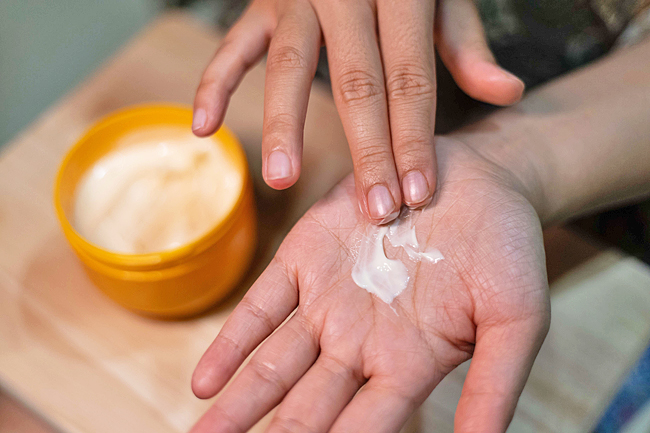(ANN/THE DAWN) – “Shall I compare thee to a summer’s day?” Perhaps not in this climate. As the sun intensifies, bringing hotter days, a summer’s day isn’t the most flattering comparison. The heightened ultraviolet (UV) rays demand we pay serious attention to our skin, our body’s largest organ.
The sun’s UV light can cause significant damage. Harvard Health notes that solar heat dries unprotected skin, depletes natural oils, and UV radiation leads to burning and long-term structural changes. Over time, repeated sun exposure, especially without protection, increases the risk of malignant melanoma and other skin cancers.
So, how do we shield ourselves from harmful radiation? Dermatologists emphasize the crucial role of SPF, or Sun Protection Factor.
Karachi-based dermatologist Dr Afzal Lodhi offers a memorable tip: “Slip, slop, slap. Remember to slip on full-length clothes, slop on sunscreen on exposed skin, and slap on a wide-brimmed hat or scarf.” He explains that sunscreen primarily protects against UVA and UVB rays, making additional physical protection vital.

Dr Lodhi also highlights dehydration as a contributor to poor skin health, causing premature ageing. He stresses the need for ample fluids, a balanced diet, stress management, and avoiding smoking for optimal skin protection.
Dr Shireen Rehmatullah, another dermatologist, echoes this advice, underscoring the importance of sunblock, full-length clothing, sufficient water intake, and moisturiser. Moisturiser strengthens the skin’s barrier and locks in hydration.
Sunblock vs. sunscreen: What’s the difference?
While often used interchangeably, sunblock and sunscreen differ. Dr Rehmatullah explains that sunscreen contains chemical compounds like benzine, which absorb the sun’s rays. Sunblock, on the other hand, uses minerals such as zinc oxide and titanium dioxide to physically repel sunlight. Neither is universally superior; the best choice depends on individual skin type.
“Your doctor will examine you, determine your skin type, and then suggest what is best for you. For example, for someone with eczema or allergies, we would recommend physical barriers rather than chemical sunscreens,” she advises.
Dr Asma Qaiser Qureshi, another dermatologist, emphasizes choosing “broad spectrum” sunblocks, which protect against both UVA and UVB rays. Reapplication is also key, especially after swimming or sweating, and every two hours when outdoors.
Understanding SPF
The SPF number on sunscreen and sunblock indicates its level of protection against UVB rays. Dr Lodhi explains that for individuals with more melanin, like many in South Asia, the skin naturally takes longer to burn. For instance, if your skin burns in one minute, SPF 30 extends that to 30 minutes. However, he cautions that longer burning time doesn’t equate to immunity from sun damage.
Dr Rehmatullah recommends a minimum of SPF 50 for everyone for maximum protection. Ultimately, consulting a dermatologist is crucial to determine the most suitable SPF and formulation for your specific skin type, with lighter, gel-based sunscreens often preferable in humid climates.
Beyond sunscreen: Vitamins A and C
Dermatologists also recommend incorporating vitamin C serum during the day and vitamin A serum at night for healthier skin. Vitamin C is an antioxidant that combats environmental toxins and enhances the protection of broad-spectrum SPF against UV rays. Vitamin A, a retinoid, promotes collagen production, reduces signs of ageing, and helps protect against UV damage and pollution.
Living in a hot climate, it’s easy to overlook the cumulative damage of sun exposure. Tanning, premature ageing, dryness, acne, and pigmentation are common concerns during hotter months.
A stark image in the New England Journal of Medicine illustrated the long-term effects of UVA radiation on a trucker’s face after 28 years of driving. The condition, unilateral dermatoheliosis, caused significant thickening and premature ageing on the side of his face exposed to the sun.
While UVB rays are known to cause sunburn and increase skin cancer risk, recent research suggests UVA rays can also damage DNA in deeper skin layers, elevating cancer risk. Even short-term overexposure can lead to blemishes and uneven skin tone. Dermatologists advise seeking professional help for such issues rather than using potentially harmful formula or whitening creams.
In conclusion, make sunscreen (or sunblock) your daily essential before stepping out in the sun. Remember to hydrate, moisturise, and consider incorporating vitamins A and C into your skincare routine for healthier, protected skin.




